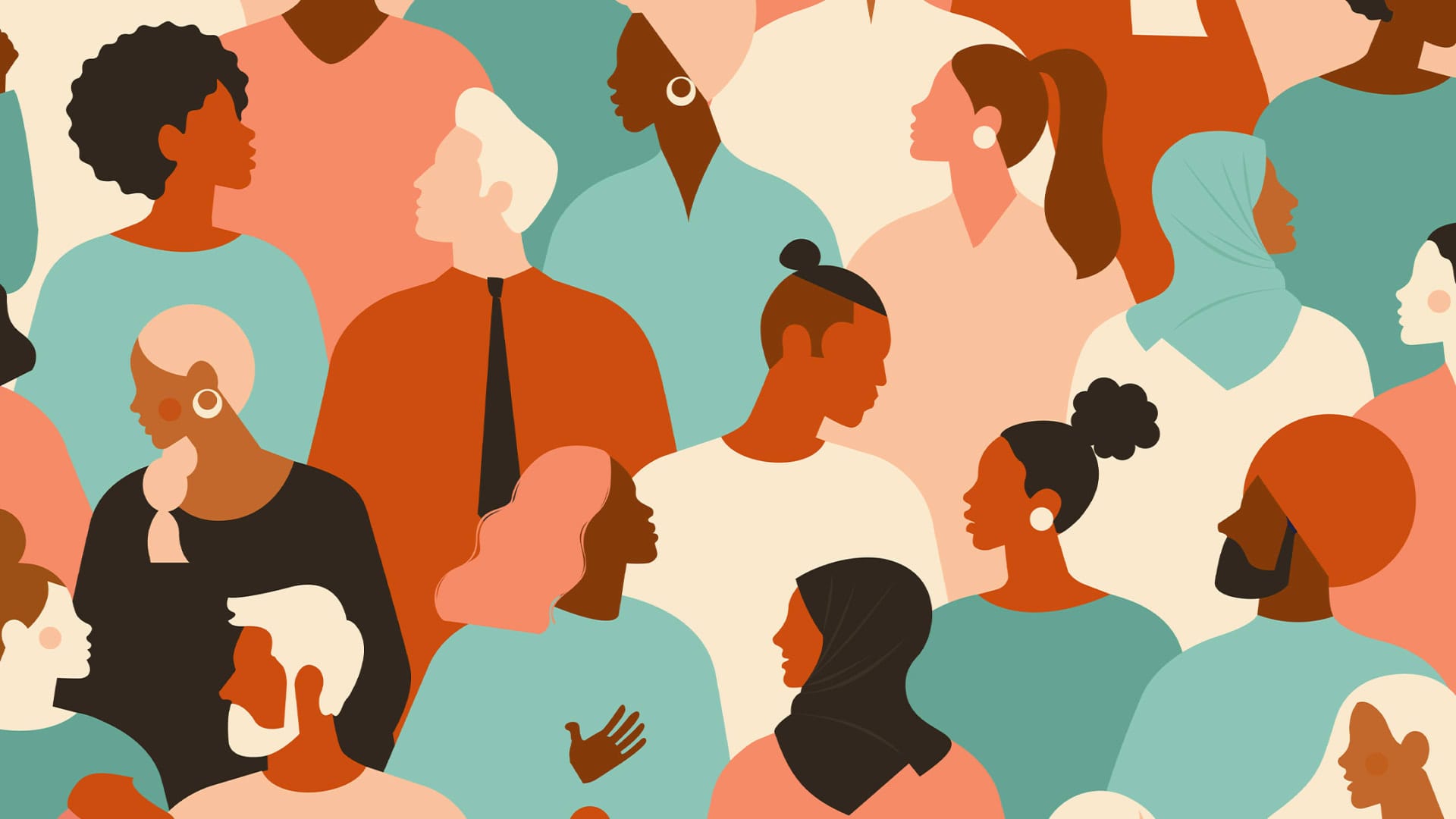There are unintended consequences of this widely used program to recruit talent.
The topic of diversity, equity, and inclusion (DEI) has risen to a high level of attention within corporate America. It’s now a critical issue on every CEO’s desk, and just about every organization out there has put together DEI teams to try and improve their performance in each of these areas.
One of the concerns people target when trying to tackle DEI is the structural impediments that get in the way of improving diversity inside an organization. One of the most overlooked areas causing some of these structural biases is something most organizations use daily: their referral programs.
Demand for talent exceeds the supply
Despite the unemployment numbers caused by the pandemic, many if not most organizations continue to struggle with the challenge of finding enough qualified people to tackle all the potential work in front of them. That will only get worse as the economy strengthens on the exit from the pandemic.
That’s why many organizations have turned to incentive-based referral programs to compete in this so-called “war for talent.” The idea, of course, is to reward your employees by bringing in candidates they believe will thrive inside the organizational culture. And there’s plenty of research that backs up the efficacy of this approach.
The probability of success in making a new hire is astronomically higher when the person is already a known quantity by someone in the organization. That’s why referral programs continue to be the most effective way to make effective hires, topping recruiters, want ads, or any other source for recruiting new employees.
Rethinking incentives
But here’s the problem. There’s also abundant research that reveals that when people refer candidates, they almost always refer people who are like themselves. That makes sense because most people don’t have very diverse social groups. Our tendency is to associate with people more like ourselves than different than ourselves. This is a well-researched topic by scholars called social network theory.
When people talk about “structural racism,” this is the kind of thing they mean. It’s something that results in a suboptimal outcome or inhibits the outcome we really want, and we might not even be aware we’re doing it. In fact, the program was developed with the best of intentions and a positive business goal.
To be clear, I’m not saying that you need to get rid of your referral program. The key is to open up the aperture of the kinds of people you’re asking for referrals. Are there ways you can ask people from different groups inside and outside your organization to participate in your referral program more so than the ones you have turned to in the past?
A new look at building diversity
The point is that if you have a goal to make your organization more diverse and inclusive to people of all backgrounds, take a harder look at where your best candidates for open positions are coming from. Referral programs have proved their worth in terms of finding qualified candidates. The next challenge is to ensure that those same referral programs can also provide qualified candidates from as diverse a talent pool as possible.
Otherwise, you might be losing ground in your DEI efforts without realizing it.

